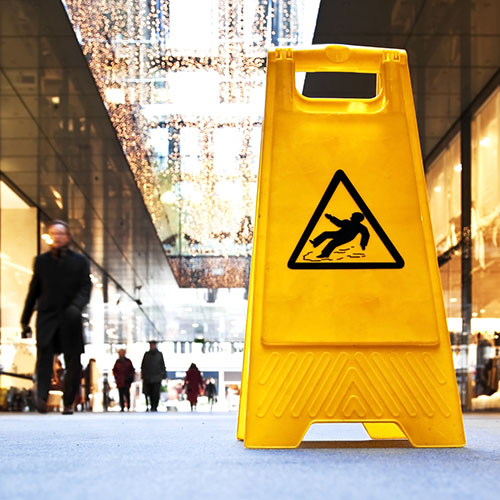Four Steps to Approaching Risk in Higher Education

The higher education experience continues to evolve and, with that evolution, comes new and increased risks. Now more than ever, administrators must ensure they are prepared to protect their most important assets: their employees. The following tips will help arm administrators with the tools necessary to build a strong risk mitigation program and keep employees and visitors safe.
Identify risks. Administrators should collaborate with their boards and staff to understand and prepare for risks on campus. Walk through of campus on a regular basis to identify any new risks; these can change across semesters or seasons. Check that paths between buildings are clear and all areas of campus are easily accessible to employees and students alike. Many institutions with a research focus also have risks related to toxic materials or laboratory safety.
Evaluate risks. Once all potential risks are identified, analyze them and determine how to address them. Some professionals suggest creating a matrix through which risk management teams can classify the level of risk as low, medium or high.
Implement a solution. Put a risk management program into place. This could take the form of a safety committee of administrators and staff dedicated to campus safety. According to a New Solutions study, organizations with a higher percentage of their workforce on safety committees had lower injury and illness rates. During safety committee meetings, develop definitions for risk management and define roles and responsibilities. This should include naming a leader for the purpose of accountability.
Regularly review and reassess the plan. Administrators and college boards need to revisit the plan they set forth several times a year to make sure it still addresses the institution’s risks. Evaluate the successes and challenges of the program over the previous months to determine how to improve in the future.
According to the Association of Governing Boards of Universities and Colleges (AGB) and United Educators (UE), school boards and administrators are not yet prioritizing risk management. However, these simple steps can ensure that there is a formal plan in place to reduce risks and protect workers.



